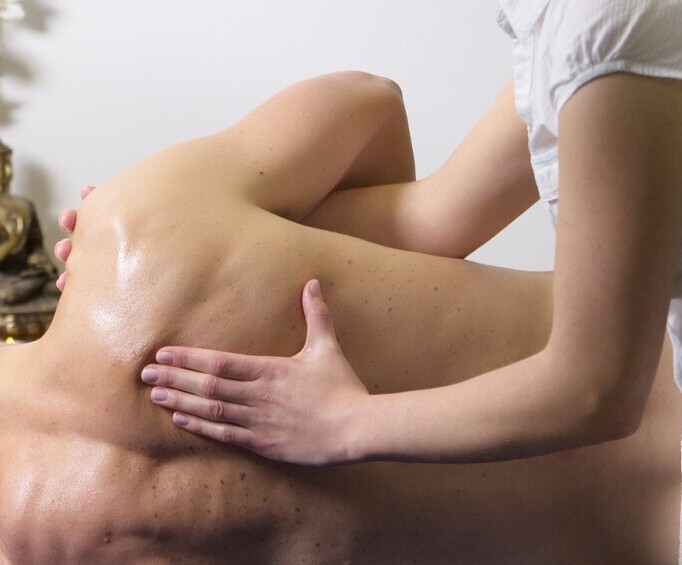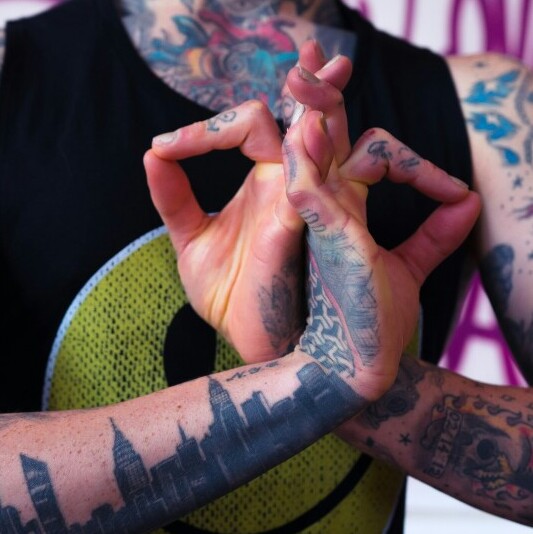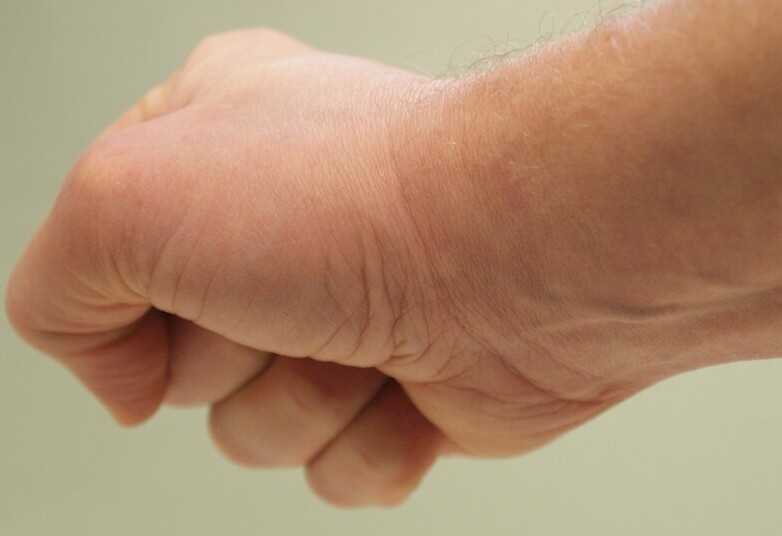 Stress is everywhere these days, and knowing how to manage it is a superpower. Progressive Muscle Relaxation, or PMR, is one technique that stands out. It’s like the secret sauce to calmness that anyone can mix into their daily routine for a peaceful mind.
Stress is everywhere these days, and knowing how to manage it is a superpower. Progressive Muscle Relaxation, or PMR, is one technique that stands out. It’s like the secret sauce to calmness that anyone can mix into their daily routine for a peaceful mind.
Now, PMR isn’t something that popped up overnight. It’s been around for a hot minute, with roots going back to the early 20th century, thanks to a dude named Edmund Jacobson. He figured out that when you tense and then release muscles, it can result in a wave of relaxation through the body. Genius, right? The idea is that by working through each major muscle group, you train your mind to recognize and release tension.
So, what’s the real deal with PMR? At its core, PMR is about awareness and control over your body’s tension levels. This is not yoga or meditation. It’s a relaxation strategy aimed at systematically tensing and relaxing every muscle group. Sounds a bit technical, but it’s honestly something everyone can do, kinda like unwinding the knots you didn’t even know existed.
The heart of PMR lies in its simplicity and effectiveness. You could say it’s mindfulness for the muscles. When you pay attention to, say, how your shoulders feel tense and then let go, it’s like flipping a switch from stress to chill. The science backing it is solid too. Studies show it can reduce anxiety, lower blood pressure, and improve overall well-being. Basically, it’s not just in the head; your body truly feels the difference.
Think of PMR as your go-to for hitting the reset button on stress. Whether you’re at work, home, or anywhere else, a quick PMR session can clear the mental fog. It’s part of the puzzle for anyone looking to balance their mental and physical health. And the best part? It doesn’t require any special tools or skills—just a bit of time and your own body.
The Step-by-Step Guide to Mastering Progressive Muscle Relaxation
Achieving relaxation is easier when you’re set up right. Find a quiet spot where you won’t be disturbed. Dim the lights, and maybe throw on some soothing tunes. Aim to get comfy, whether you’re lounging on a chair, sitting up with good posture, or lying down. Whatever floats your boat.
PMR is all about taking it step by step. Kick things off by focusing on your breathing. Deep, slow breaths will signal to your body that it’s time to relax. Start with your feet, tighten the muscle groups, hold it for a few seconds, and then release. Move upwards—calves, thighs, abs—all the way to your face. Think of it as a tension inventory. Each release is like a little vacation for your muscles.
Keep those breaths steady and calmly shift your focus from group to group, acknowledging how each muscle feels before and after tensing. This focus helps your mind zone in on relaxation while pushing out the noise.
Avoid some classic pitfalls, like rushing through it or not really giving every muscle group its fair share of attention. The aim is not to strain or hurt, so ease into it gently but intentionally.
To get the most out of the practice, try doing PMR a few times a week or incorporate it into your daily wind-down routine. Think of it like charging your phone overnight—it’s ready to go when you need it.
Beginner-Friendly Tips for Enhancing Your Practicetime
Getting into a groove with PMR isn’t tough, but like building any good habit, it takes a little effort. Consistency is king here. Choose a time that works for you, maybe after your morning coffee or before hitting the sack. Find your rhythm and stick to it.
Location matters—your chosen spot should feel good to you. Whether it’s your living room with some chill vibes or a sunny garden corner, find a scene that makes you feel at ease.
Sneak PMR into everyday activities. Waiting for the kettle to boil or sitting on the couch between episodes can be perfect moments for a mini relaxation session. Short, consistent efforts can sometimes be more sustainable than longer ones. It’s like squeezing in a quick workout during a busy day—still gets the job done!
Facing challenges or hitting a wall? That’s normal. Sometimes the mind wanders, or you’re just not feeling it. It’s cool—don’t sweat it. Refocus gently, and remind yourself that practice makes perfect. With time, PMR will feel like second nature.
If the start feels daunting, consider joining a class or using an app for guided sessions. Having some guidance can be super helpful, especially when motivation levels are a bit low.
Exploring the Psychological and Physical Benefits of PMR
When it comes to easing stress and anxiety, PMR is a standout star. By practicing regularly, it helps calm your mind, lowering that pesky stress and anxiety you might be lugging around. Think of it as a mental massage that clears out the clutter.
Greater mental clarity can be an awesome side effect. As those muscle knots let go, you often find your focus sharpening. It’s like cleaning a foggy window—suddenly, everything looks clearer and more manageable.
Beyond mental gains, PMR isn’t just about feeling good. Easing tension has a cascade of physical benefits too. Tighter muscles are prone to aches and can lead to poor posture or more stress. By unwinding them one at a time, overall well-being gets a serious boost.
Scientific studies back this up, tying PMR to improved mood, better sleep, and even lower blood pressure. It’s not all fluff. There’s hard research highlighting its positive impacts.
Looking at the big picture, PMR isn’t just a quick fix. It’s got the chops to be a long-term companion in your journey towards a healthier, happier you. By making PMR a regular part of your routine, you’re setting up both mind and body for greater resilience and balance.
Real-Life Applications and Personal Success Stories
Real stories give life to PMR’s benefits and show how impactful it can be. For some, it’s been a game-changer, helping them tackle work stress or relieve chronic pain. Hearing from those who’ve found their calm through PMR creates inspiration and reminds us that transformation is within reach.
Managing specific health conditions—like anxiety disorders or tension headaches—becomes more doable with PMR. It acts as a tool for many folks who’ve been struggling. Bringing a touch of relief and showing a path they hadn’t seen before.
In the hustle of professional settings, taking a moment with PMR can be a performance booster. A quick session during breaks might improve focus and reduce fatigue, making it easier to keep up with demanding schedules.
PMR blends well with other relaxation techniques. Try pairing it with mindfulness meditation or calming breathing exercises for an even bigger impact. Together, they create a well-rounded approach to stress management and improve overall health.
These stories and adaptations show how versatile PMR is in real life. Whether you’re dealing with the daily grind or specific challenges, PMR provides a simple yet effective way to find some peace and handle life with a little more ease.

